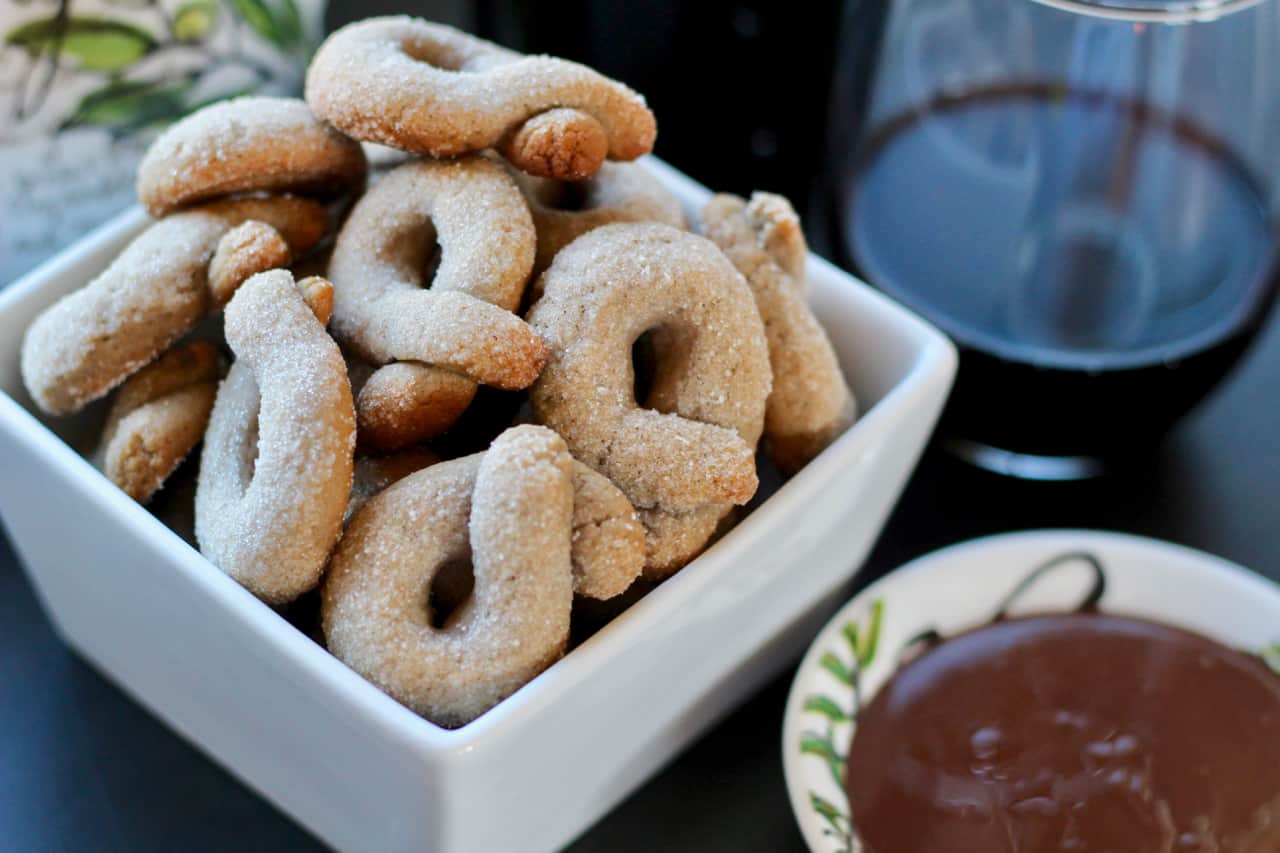
There’s a very good reason why Rome is so storied and romanticized and revered. It deserves it. I first visited Rome on an organized bus tour with my mom in 1999, then with a girlfriend a few months later while studying abroad in Paris in college. Those visits were very short, but I instantly knew that I connected with something in Rome. It is hot and dirty and chaotic and crowded… and I loved it anyway. I then didn’t set foot in Rome for another 12 years, and the love affair came rushing back. Italy is a place that holds boundless beauty and pleasure, but it makes you suffer to experience them! Nowhere is this more true than in Rome. To get there, you must endure the insanity of Fiumicino airport, where no one will help you with a goddamn thing. The utter bedlam of the streets, where road rules are merely a suggestion (as explained by our tour guide on that 1999 trip), and a host of other dysfunctions punch you in the face upon arrival that make you want to crawl under a rock in the fetal position. (Not to mention the language barrier if you don’t speak any Italian; any amount that you can learn is super helpful.) BUT. Once you get there and wade through that madness, you find yourself in an honest-to-goodness Roman playground. You are transported 2,000+ years into the past, where gladiators entertained bloody-thirsty spectators and the kernals of civilized law and government were born (except for that, um, gladiator bit). Life was harsh for most people, but its pleasures were rewarding– food and drink and merriment. It’s easy to see how the city evolved from its glorious, decadent past to its current manifestation. Those revelries are alive and well in Rome, and the most amazing part is that everywhere you look are remnants of that fabled past.
Another 5 years went by before I visited Rome again; the fondness was certainly there, but the fervor had faded in my memory like it had before. And then it crashed down over me strongly and without warning. On my trip last summer, Rome was not a destination– we had a mere one-night stopover on the way home. This equated to approximately 6 hours in the city, enough for dinner and a little sightseeing. Trouble was, there is always so much to see, *and* I had recently learned a lot about Roman cuisine, thanks to Katie Parla and Anthony Bourdain, which meant there was SO MUCH that I wanted to eat! For some reason that I cannot articulate, I had never really investigated Roman cuisine as a distinct culinary entity; Tuscan, Bolognese, Pugliese, Napoletano, but not Roman. I learned that things like cacio e pepe, spaghetti carbonara, and carciofi alla giudia all came from Rome– why had I not known? I was giddy with excitement to examine these dishes with a fresh perspective.
As soon as I laid eyes on the old city, that fondness flooded back. Rome possesses a very unique energy, at once frenetic and laissez-faire, and I found it quite comfortable to slip into as soon as I exited our taxi. We made a beeline for Salumeria Roscioli in the centro storico (historic center), one of my top two food destinations, thanks to the mouthwatering Instagram photos posted by Ms. Parla. They are known for gricia, carbonara, and that legendary cacio e pepe-– basically the pillars of Roman pasta. If you are not familiar with cacio e pepe, I would highly recommend getting acquainted immediately– it’s basically life-changing. (Some people might say I’m being a little dramatic, but go ahead and try it– you’ll see what I mean.) This is a simple pecorino cheese sauce laced with black pepper, which we also had in Tuscany, but the two versions were vastly different. At Roscioli, a deep bowl with a splendid tangle of yellow tonnarelli noodles in a light, creamy cheese sauce will be placed before you, and you will weep with joy. The rim of said bowl will be perfectly dusted with grated pecorino and freshly ground black pepper– it will be a magnificent sight to behold. And all will be well with the world. You will forget about how hot or crowded it was outside, and all that will matter is your beautiful bowl of pasta.
Those moments experiencing the flavors and the aroma of the pasta were downright ecstatic for me– I mean, REALLY, nothing else in the world mattered while I ate. But I also wanted to leave the restaurant contentedly full, and not stuffed, so I left just a bit on my plate. Our waiter came to collect the remnants, and he looked at me with feigned disappointment and said, “Madame. Why??” So adorable was he. All I could say was, “Non posso più mangiare!” (“I can’t eat any more!”) He kindly wrapped it up for me and then presented us with a little après-lunch snack of sugar-crusted sweet anise taralli with melted dipping chocolate. (But more about these in a moment.) I suppose it would’ve been socially unacceptable to cry in the restaurant, but it really was that good. OH– and I forgot to mention that at the beginning of the meal, he brought us an appetizer of crescenza cheese and a variety of plush, complex, outstanding breads, no doubt made at the Antico Forno Roscioli (the bakery owned by the same people), around the corner.
I then popped into both the Roscioli Caffè e Pasticceria and Antico Forno Roscioli, and I was promptly overwhelmed by hearty breads, homey pastries, and a sense of understanding what Roman baking is all about. There were some dainty things to be had, but the gorgeous loaves, tarts, and cookies really struck me. I could imagine the rustic Roman hands forging each and every one, and I wished I could have tasted them all.
We proceeded to the Pantheon, which I hadn’t seen since 1999, and there again, I was overwhelmed with emotion. The last time I had been there was with my good friend when we were in college, and I remembered the days that we spent traipsing through the Roman streets, discovering gnocchi, and shopping for Armani eyeglass frames for her (way cheaper in Italy, FYI). Seeing that magnificent edifice again, which has stood since 125 A.D., touched a deep chord and I profoundly regretted that we had a mere few hours to soak in the city.
From top to bottom: Pantheon, Tiber River, Basilica di San Pietro in Vatican City.
After a walk along the Tiber River and a visit to Piazza di San Pietro (St. Peter’s Square) in Vatican City, we made our way out to Pizzarium, the pizza al taglio (by the slice) outpost from Gabriele Bonci that Romans can’t get enough of. Anthony Bourdain certainly loved it on his show Layover, and it was well worth the trek out to the Prati neighborhood. Slab after slab of sumptuous pizzas lay before me, with toppings ranging from pomodorini (small tomatoes) and spicy olive oil to zucchini blossoms to prosciutto to smoky provola cheese to ricotta with pinenuts… Different varieties kept coming out, one after the other, each one swiftly cut into squares with snazzy pizza scissors. The toppings are nestled on a pillow of focaccia-like dough, and there’s no red sauce– quite a different take than the other pies we’ve had. I filled a box with 6 different flavors, as well as a couple of supplì, which are rice croquettes similar to Sicilian arancini. Sadly, they were devoured cold by the time we got back to our hotel, but nonetheless, devoured they were.
We took a taxi back to our hotel, and let me tell you– if you speak Italian and ever have the opportunity to take a taxi in Italy, do it. The cab drivers are so entertaining– they will chat you up with hilarious (and often educational) conversation. We talked about Roman food, tourists, and history throughout the 50-minute ride. Anyway, he was kind enough to indulge my request to roll by the Colosseum on the way out of central Rome, since we didn’t have time to visit that part of the city. The Foro Romano (Roman Forum ruins) loomed into view, and I felt echoes of my past visits and of Rome’s illustrious past, as imagined in my mind. By that time in the evening, it was dark and the Colosseum was lit up– it appeared before us like a glowing temple, and I couldn’t help the tears that sprang to my eyes. I felt a deep sorrow in my heart and a longing for one more day (okay, like 100) in The Eternal City. But alas, that was the last glimpse of the majestic ruins, and I had to stuff away those feelings until the next time.
When I was trying to think of which recipe to recreate from my travels in Rome, those sweet anise taralli, served to us in a post-pasta state of bliss at Roscioli, kept coming to mind. I was well-acquainted with savory taralli, but I’d never experienced sweet ones (with chocolate!), so they really stuck with me. They had a hint of anise, which I normally can’t stand, but it was perfect here with the flavors of wine, olive oil, and sugar. I was beside myself with this little snack; it was one of my very favorite things that I’ve eaten in Rome.
When I got home, I scoured the internet for recipes– sweet taralli were in fact a thing, made with red wine versus the white wine used in savory taralli. I was bummed that they didn’t seem to be in the Roscioli cookbook that I had picked up there, but I was determined to find a recipe. And then! after much research, I realized that the Roscioli recipe was in the book– it turns out that in some regions, including Rome, they are known as ciambelline al vino, or ‘little wine donuts’ (I laugh every time I say it), and I had buzzed right past that recipe– plus the close-up photo made them look like giant bagels, not small rings. I was over the moon! Pronounced ‘cham-bel-LEE-neh’, they are crisp, slightly sweet, and addictive. If you can’t help but snarf them a dozen at a time, you’re doing it right. (Although the Italians are definitely more elegant when snarfing.) Ciambelline al Vino with Dipping Chocolate are my closest approximation to those scrumptious Roman nibbles. You make a soft dough, which you’ll twist into small rings, then dip them in sugar and bake. Savory taralli require an extra step, boiling the rings before baking, rendering them crunchy like pretzels, but the sweet ones go straight in the oven and come out with a crisp, cookie-like texture. The first time I made them, my dough was VERY oily (I had the same problem with the savory dough that I recently made), so I was worried that they would just leach oil in the oven and be a weird mess, but they were just fine– they baked up without any greasiness. I did reduce the oil the second time, which made the dough smoother and easier to work with, but honestly both times they baked up beautifully. I also had to reduce both the oven temperature and baking time from the original recipe, because my first tray was positively scorched black. These would make a lovely finish to a home-cooked Italian meal, and they are just a little kiss of Rome for those of us who miss it constantly…. *sigh*
This is the 5th installment of my series on Italian regional desserts. Start here for an intro to Italian regional cuisine, my experiences traveling in Italy, and information about Italian pantry items for baking. Next is my favorite of allllll the Italy places: Tuscany. (*insert multiple heart emojis*)
Ciambelline al Vino with Dipping Chocolate
Adapted from Antico Forno Roscioli: A Roman Gastronomic Experience
Yields about 100 rings
Italian baking powder is a bit different than American baking powder; the former is single-acting, whereas the latter is typically double-acting. I have read that you can use regular baking powder in place of the Italian one, but I have not tried it, so I can’t say for sure if there would be a difference. I recommend Paneangeli Lievito Pane degli Angeli Vaniglinato, which has a bit of vanilla flavoring, available on Amazon. If you try it with American baking powder, please let me know how they turn out!
For the ciambelline dough:
- 250 grams (1¼ cups) granulated sugar, divided
- 1 teaspoon ground anise, or to taste
- 16 grams (1 sachet) Italian baking powder, such as Paneangeli (see note above)
- 165 milliliters (⅔ cup) good-quality extra-virgin olive oil
- 175 milliliters (¾ cup) dry red wine, preferably Italian (Lazio region if you want to get really authentic)
- 500 grams (4 cups + 2 tablespoons) all-purpose flour, plus more for kneading
For serving:
- 170 grams (1 cup) good-quality chocolate (about 60%), melted
Preheat an oven to 400°F and position a rack in the center of the oven. Line 2 half-sheet pans with parchment paper and set aside. Place 75g (¼ cup + 2 tablespoons) sugar in a small bowl and keep it near the baking sheets.
Put the remaining 175g (¾ cup + 2 tablespoons) sugar and the anise in a medium-sized mixing bowl. Sift the baking powder over the bowl and whisk until the ingredients are evenly blended. Whisk in the olive oil, then the wine, until the dry ingredients have been incorporated. Sift in the flour a little at a time, whisking after each addition. When it becomes too thick to whisk, switch to a wooden spoon and stir just until no flour streaks remain. You should have a soft, sticky, shaggy dough; do not overwork it. (Mine was a bit oily, which was fine– keep going if this happens to you, working in a touch more flour while kneading.) Turn the dough out onto a lightly floured work surface and knead it a few times until it is no longer sticky; form it into a round.
Divide the dough into 8 or 12 wedges with a bench scraper, then divide each piece into small chunks weighing about 25g (a little larger than a walnut). Roll each piece on your work surface to make a small rope about 1cm thick and 7″ long. Cut each one in half and roll the pieces a little thinner, about 4″ long. Wrap each rope around your index finger to form a ring and cross the tips or join them together. (Mine looked something like the shape of a breast cancer ribbon.) Gently dip one flat side into the sugar (in the small bowl that you set aside earlier), and place the piece of dough sugar-side-up on one of the lined baking sheets. Repeat the rolling, shaping, and sugaring process until you’ve filled the first tray; they can be fairly close together since they won’t expand much– I do 24 to a sheet. Give the ciambelline another sprinkle of sugar and put the pan in the oven; bake for approximately 13 minutes, rotating the pan halfway through, or until they are crisp and lightly browned, especially on the edges. Set the pan on a wire cooling rack for 5 minutes, then slide the pan out from under the parchment and let the ciambelline cool completely. Repeat this process with the rest of the dough, continuing to reuse the baking pans as needed. (I filled 4 trays, plus a few extra cookies.)
Ideally, serve the ciambelline with melted bittersweet chocolate and a glass of Italian red wine immediately following an excellent Italian meal. 🙂 They are also great to snack on any time of day. The ciambelline will keep well in an airtight container for a couple of weeks.
Starting from the second photo above: Portico d’Ottavia, entrance to Rome’s former Jewish Ghetto; Colosseo at sunset; sculpture of the Capitoline Wolf on a column near the Foro Romano.
© Dafna Adler & Stellina Sweets, 2017.
SaveSave




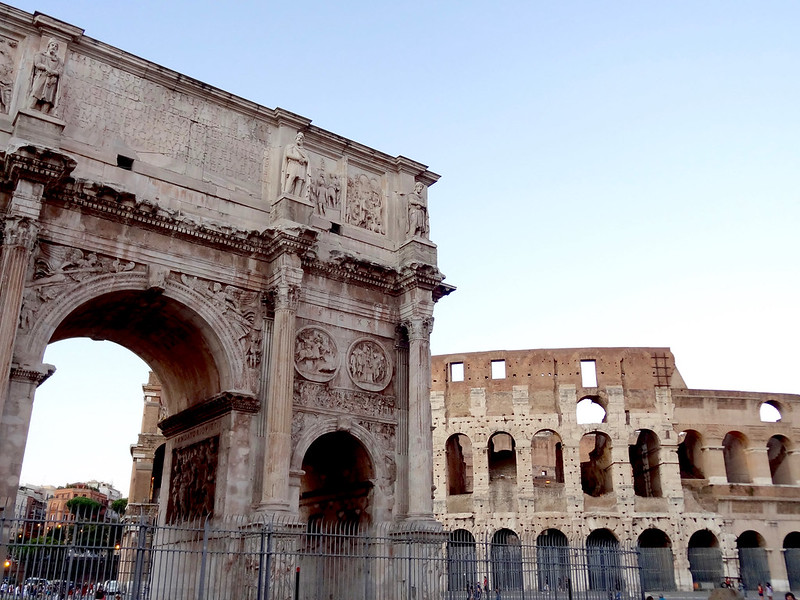

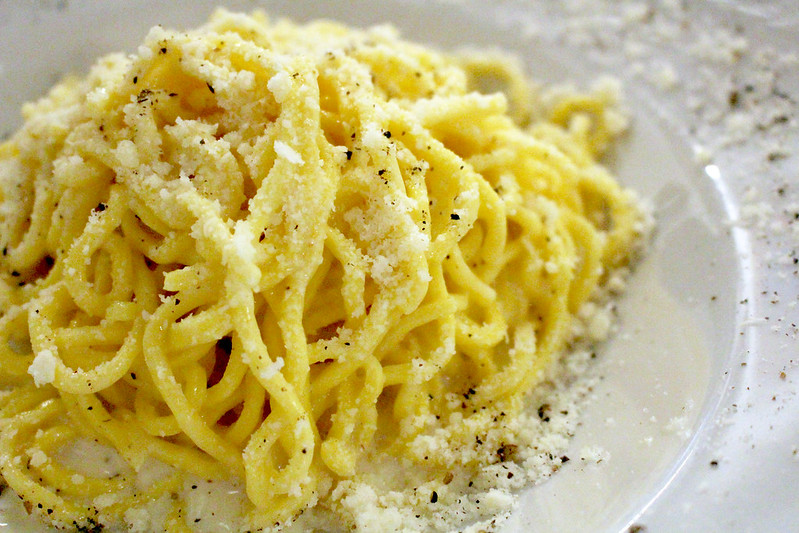


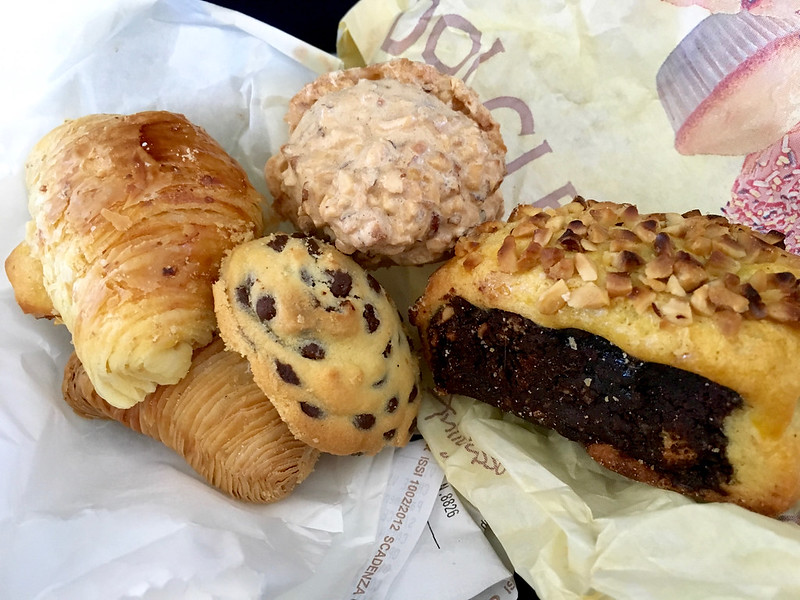








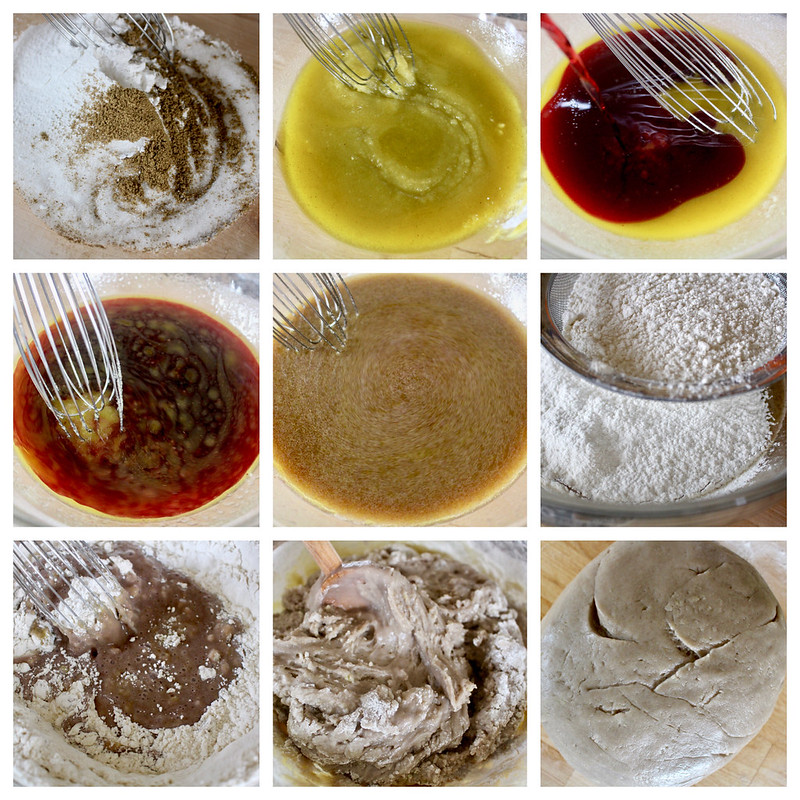
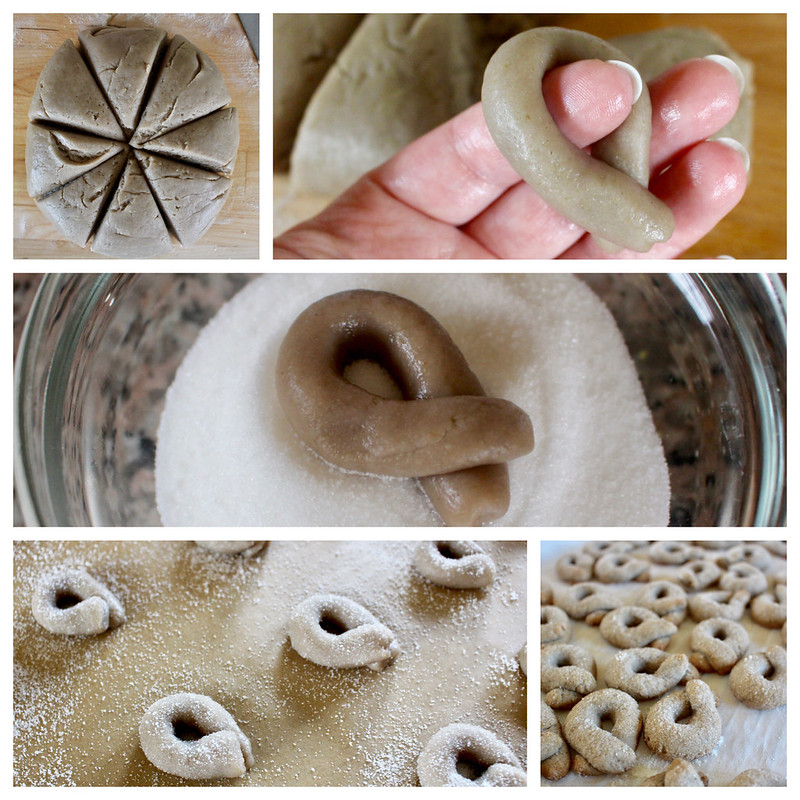
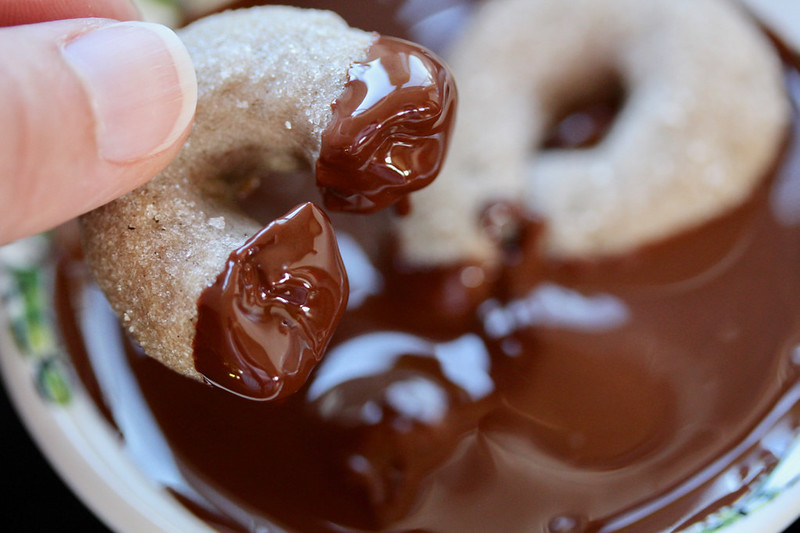

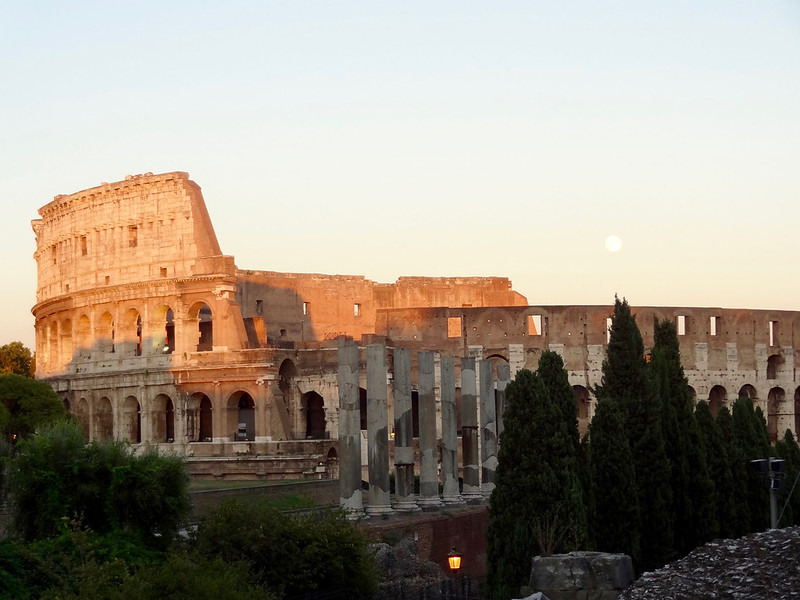
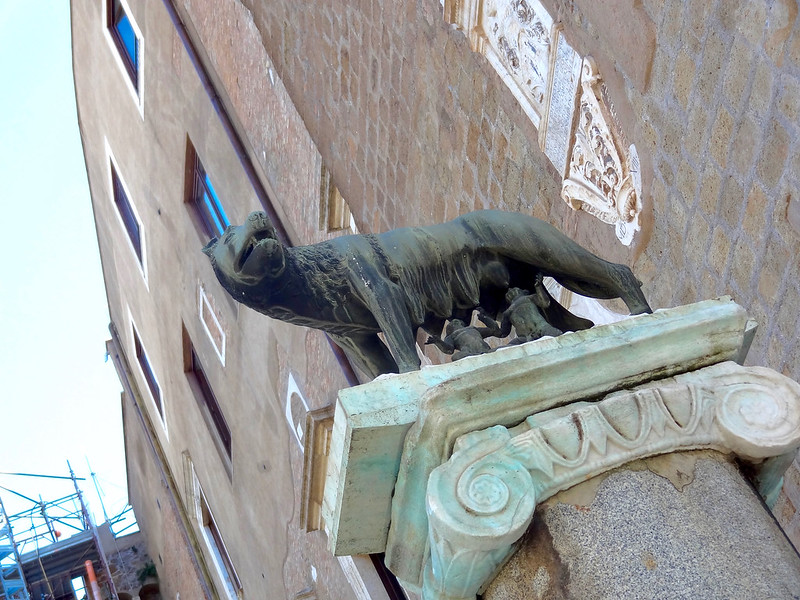



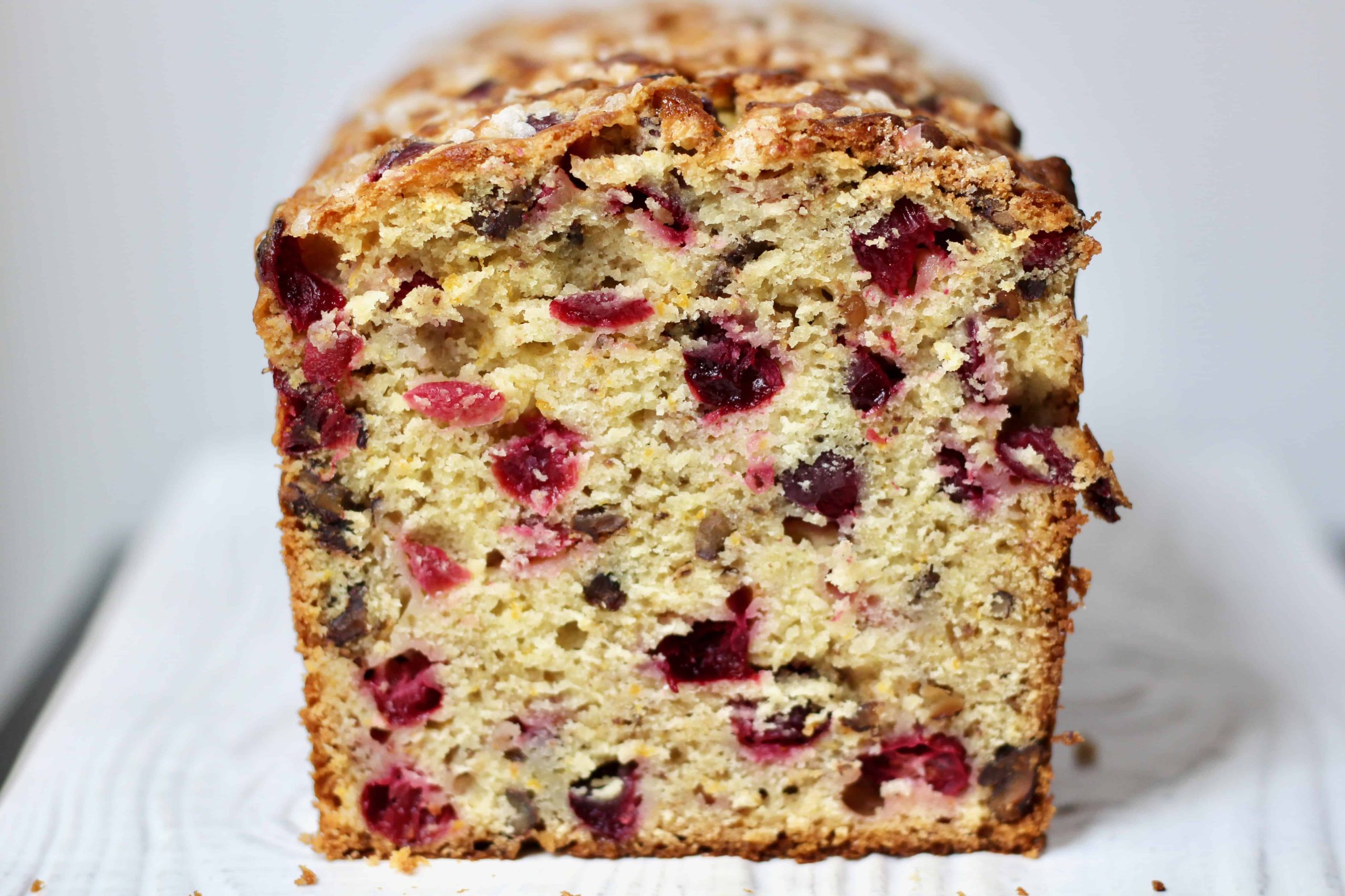



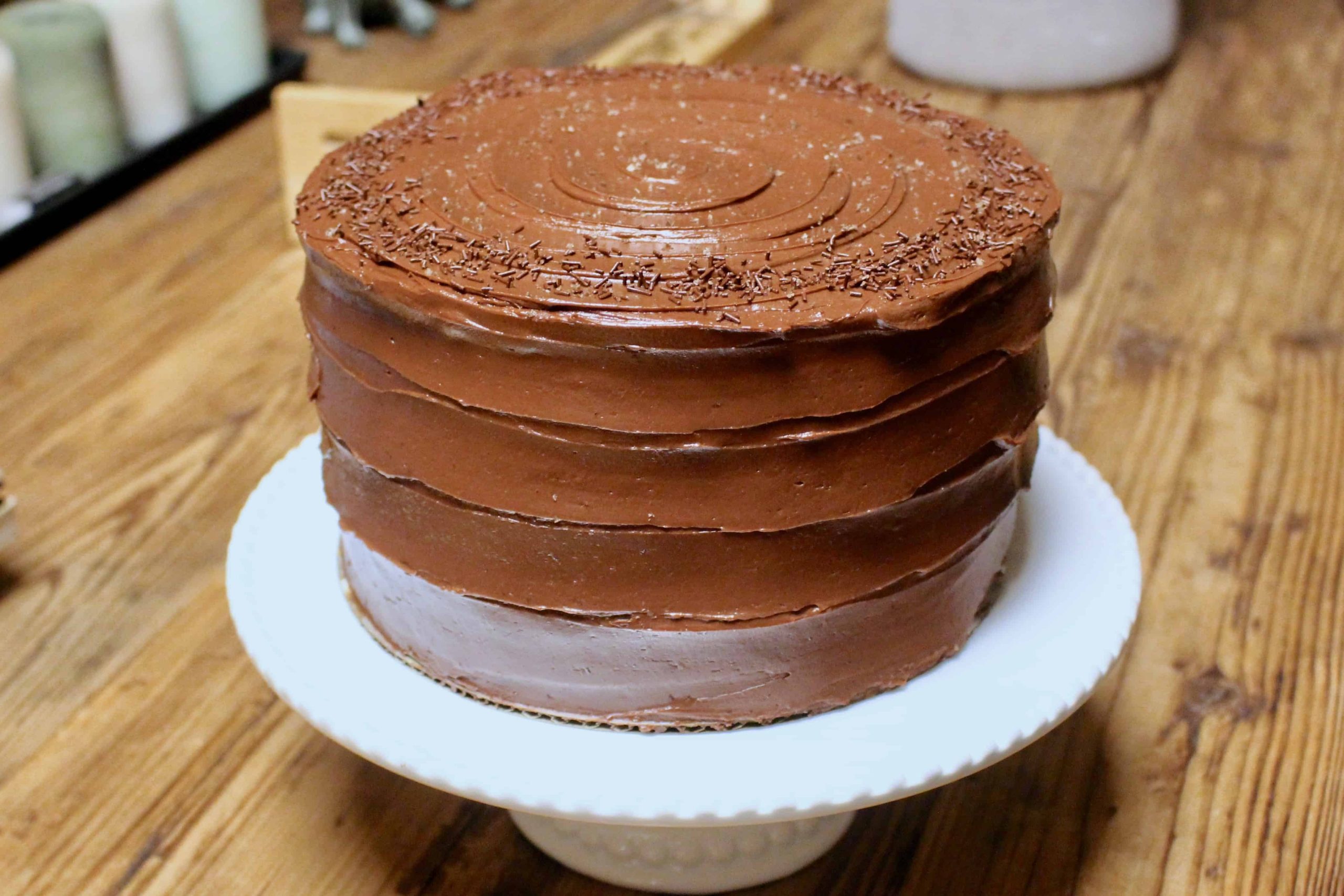




One Response